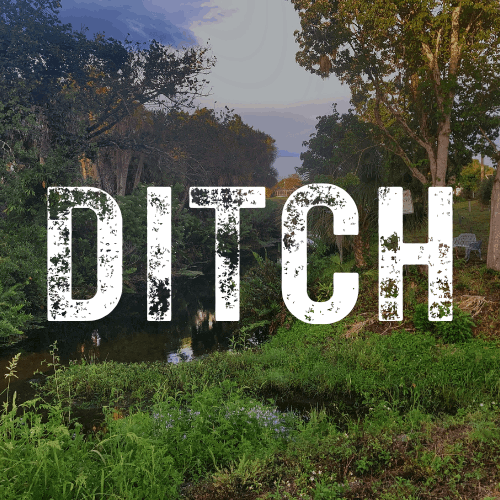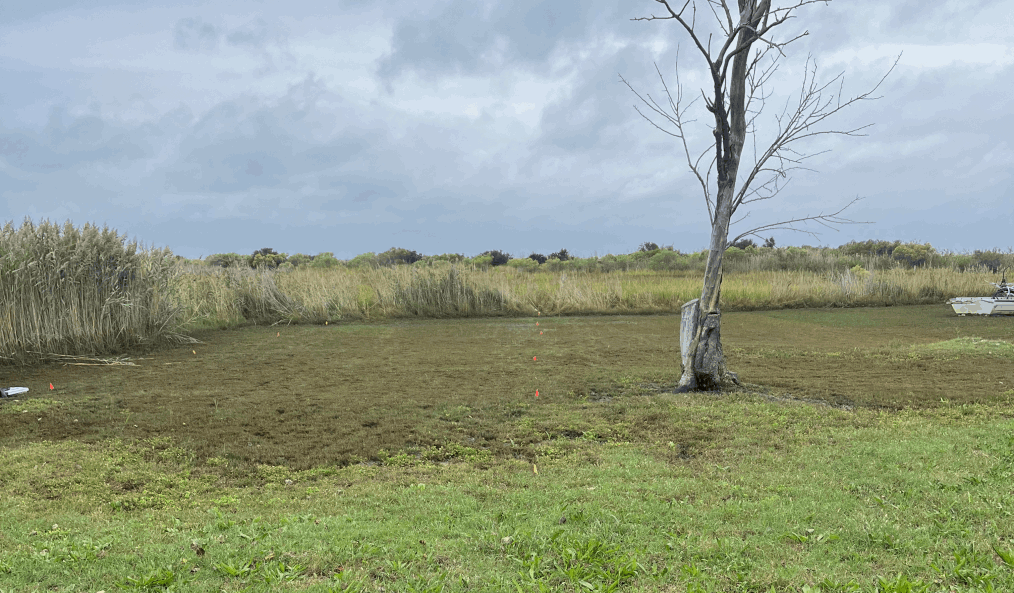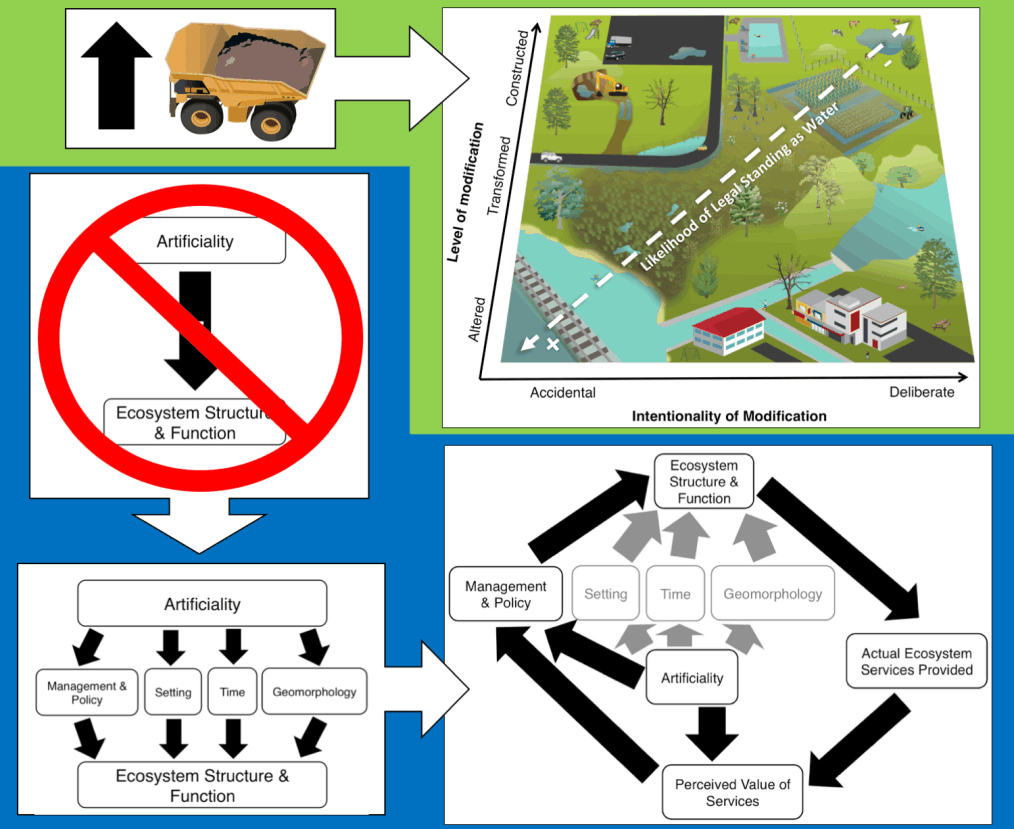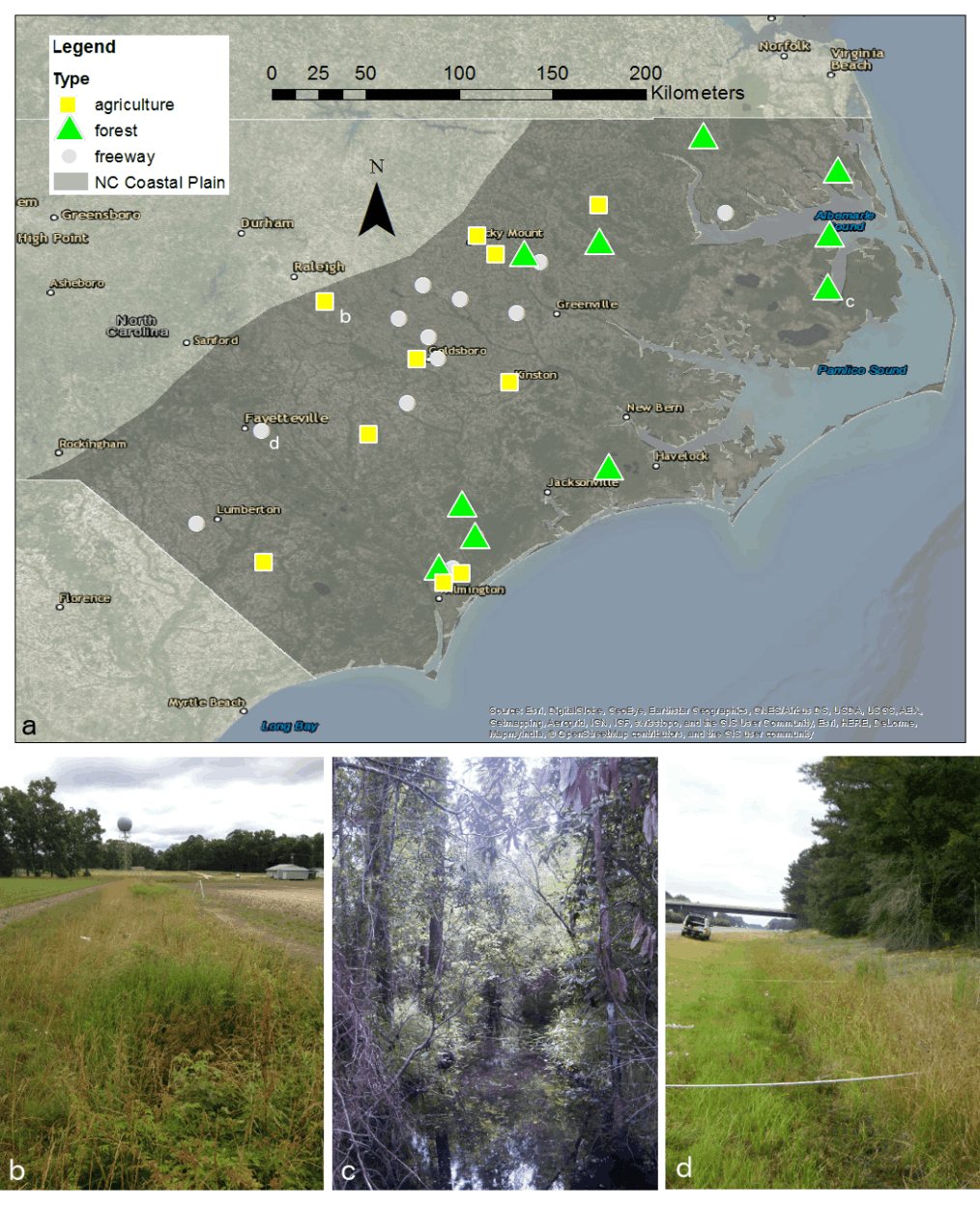
Ditch-Integrating Transdisciplinary Collaboration Hub
I founded a group of ditch researchers, practitioners, and other enthusiasts who collaborate working on ditches as socio-ecosystems.

I founded a group of ditch researchers, practitioners, and other enthusiasts who collaborate working on ditches as socio-ecosystems.
Our big ditch group (49 authors!) wrote about about "the under-appreciated importance of ditches as diverse ecosystems," including a brief review of ditches' human, physical, biogeochemical, and floral and faunal components.
Friends: Among others: Dr. Mike Peacock co-led this effort. Dr. Michael Stratigos and Dr. Nejem Raheem led review of humans' role in ditches. Dr. Magdalena Bieroza led review of ditches' physical components. Dr. Amy Pickard led review of ditches' biogeochemistry, assisted by Dr. Corianne Tatariw. Dr. Stewart Clarke led review of ditches' flora and fauna. Many other wonderful people contributed as co-authors and beyond; thank you.
Beyond the paper: Joseph Caterine wrote a press release for the Virginia Institute of Marine Science, and Emily Gardner produced an audio story for Eos (below, or with transcript and links).

With Dr. Matthew Kirwan's lab at the Virginia Institute of Marine Science (College of William & Mary), I explored mown and unmown upland to salt marsh transitions on Tangier Island in the Chesapeake Bay.
I worked with Dr. Matthew Helmers's lab at Iowa State University Agricultural & Biosystems Engineering to better understand what controls the water quality of drainage from agricultural fields. The expanse of corn and soybean fields that now comprises most of the U.S. Midwest helps launch cultural eutrophication from its tile drain headwaters, through the Mississippi, to the Gulf of Mexico. Climate change and aged agricultural infrastructure make action increasingly urgent.
This video provides general information about (mission, history, and impacts of) our Agricultural Drainage and Water Quality Research site (ADW), in Gilmore City, Iowa.
There have been hopes that increasing agricultural productivity of corn fields would at least partially cancel out increasing inputs of fertilizer. We focused on a subset of experimental plots at ADW that have received about the same amount of fertilizer for decades. The increase in corn produced by those plots was similar to the average increase in surrounding areas. However, despite the yield growth, even without an increase in fertilizer application rate, nitrate loading of drainage did not increase. This experiment suggests that it will take more than increasing agricultural yields to solve row crops' water quality problem.
Poster and video of its presentation from the 2021 Iowa Water Conference:
There’s a lot more to artificial aquatic systems than scientists currently know, and management can be improved with additional knowledge. This research was conducted with PhD advisor Dr. James Heffernan at the Duke University Nicholas School of the Environment Grainger River Center.

A variety of waterbodies may count as artificial in different contexts. Artificiality is an insufficient explanation for their ecological condition; instead we should test process-based alternatives such as setting, design, and age. Better knowledge of these drivers could improve management over a potentially large expanse of ecosystems, known to sometimes provide ecosystem services and disservices of concern. Policy based on our current perception of these systems may reinforce negative expectations.

We surveyed agricultural, forested, and freeway ditches throughout the Coastal Plain of North Carolina for wetland characteristics- plants, soil, & hydrology. All of the ditches had at least some. 29/32 had hydrophytic (wetland) plant communities. The ditches didn't just have the same few plants everywhere. Each ditch type (agricultural, forested, freeway) had a distinct plant palette, which suggests construction/management influences (especially mowing). National geospatial databases generally do not include these ditches, or if they do, only as part of a larger wetland. We thought the problem might be spotting ditches under tree canopy, but ditches under trees (in acknowledged wetlands) actually appeared more. So, lack of mapping is a choice of priorities. There are likely a lot of these ditches, unrecognized wetlands in plain sight, already managed. The North Carolina Coastal Plain has upwards of 2,711 km of freeway and 93,502 km of roads (USGS 2014) alone, most with ditches on both sides. Perhaps we should pay them more attention?
Irrigation-style ditches in network with a natural creek fresh from the Sierra Nevada Mountains in small Bishop, California, have statistically undifferentiable benthic macroinvertebrate communities from natural creek communities, given similar substrate and same season. Communities do decline in sensitive taxa (mayflies, stoneflies, and caddisflies) and biodiversity downstream across town, presumably as the influence of urban and agricultural land use increases. Communities in creeks that are close together are more similar than communities in ditches that are close together, suggesting some difference in community assembly.
The U.S. National Lakes Assessment, executed by the USEPA, examined over 1000 lakes in 2007 and again in 2012, about half natural and half artificial reservoirs both times. They found differences in the conditions of these two categories, but they did not explore their underlying data to see why the differences occurred. Our structural equations model suggests that algal blooms form through similar processes in both systems, with statistically significant differences, with manmade lakes being less predictable.

Free AI Website Maker